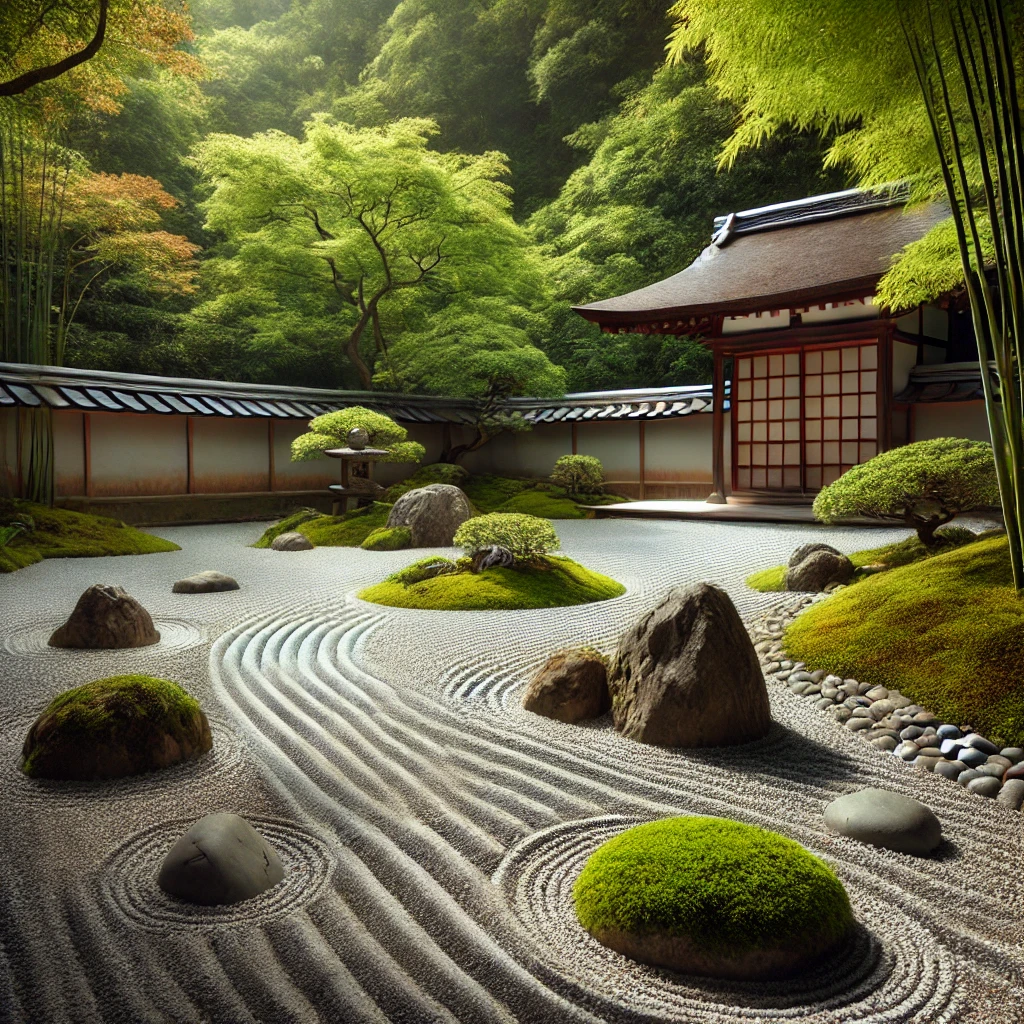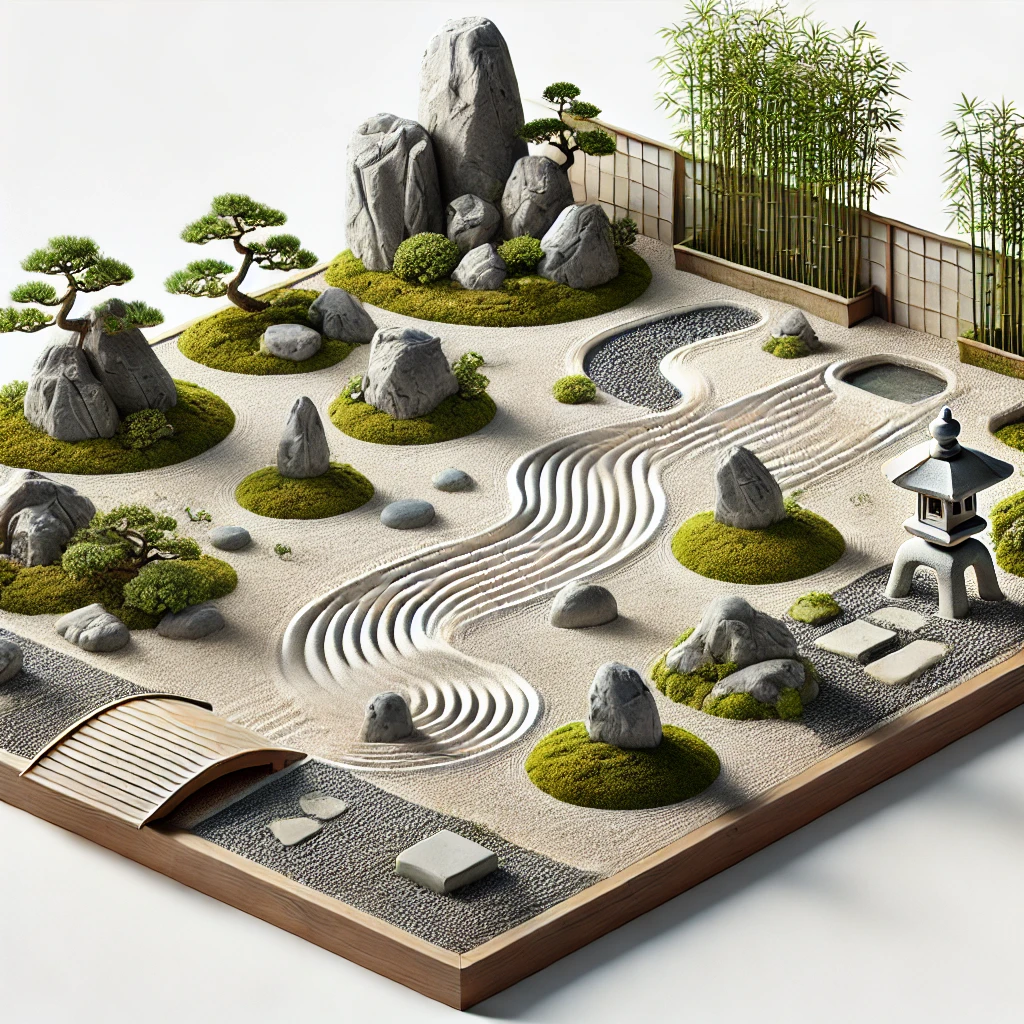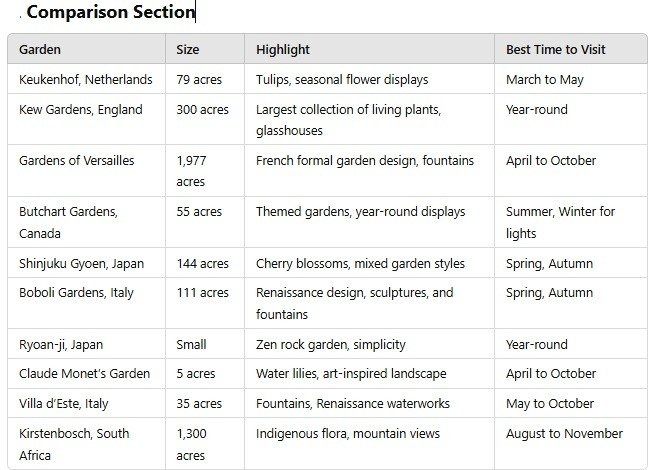Edimental Gardening Growing a Garden That’s Both Beautiful and Edible
One of the many places to find refuge gardens were always a personal sanctuary of beauty. Imagine if your garden could be useful as well as just looking pleasing?
What if instead it could nourish you too? Edimental gardening is the intersection of edible and ornamental and the place where the eyes get a feast & the garden provides the fresh harvests.
As it becomes more popular you get a space that’s not only beautiful to look at but also one that’s useful one that helps your landscaping needs and attends to another need of ours–that for food. Even with a vast garden or a tiny urban balcony edimental gardening can make your green space into a sustainable, beautiful paradise.
In this article we’ll explore what essential are to creating an edimental garden from selecting the right plants to designing a landscape that features beauty and bounty.You’ll learn to design a garden that delights your senses, nourishes your diet and is friendly to the environment while maintaining a sense of thoughtful user focused design from start to finish.

Why Edimental Gardening?
Before we continue along with the practical aspects of edimental gardening, let us talk a bit about why edimental gardening is gaining good popularity.The past couple of years have been all about blending function with aesthetics in your outdoor spaces—more than ever.

Here’s why this approach is taking off:
Sustainability and Self Sufficient.
Many have taken inspiration from this global movement toward sustainable living and decided to grow their own food. Edimental gardening means growing fresh vegetables without giving away the pretty and of course edible garden.Integrating native, pollinator friendly plants reduces your carbon footprint cuts down on grocery store trips and even supports local ecosystems.
Maximizing Small Spaces
In urban areas space is expensive. Many edible plants also serve as ornamental and by edimental gardening, the proliferation of a few plants makes the most of small plots or balcony space. With clever design you can get a productive space efficient garden.
A Feast for the Senses
More than just your sense of sight edimental gardens engage.What they bring to your outdoor space are enticing scents from herbs and fruit vibrant colors and texture from flowers and vegetable and a full gamut of textures from the smoothness of leafy greens to the firm grip of climbing vines. Plus the pleasure of harvesting your own food really makes for a new sensory layer of gardening.
Connection with Nature
If you grow your own food that connection with the land is deeper.The act of tending towards plants which feed you can lead to a fulfilling and reciprocal relationship with nature that will serve you in a way that makes you a bit more mindful.
Designing Your Edimental Garden
After we understand the draw of edimental gardening let’s get down to discussing how to actually build one.No matter whether you are just beginning or incorporate edible elements in an existing garden it boils down to creating balance of beauty and usefulness.
Assessing Your Space
Your first step is to evaluate the layout of your garden.Think about how much sun and shade the different parts of the garden get during the day and how much water each part of the garden gets. All of these factors will play into which plants you choose, as some like tomatoes and peppers need full sun, while other’s such as leafy greens and herbs can do just fine in partial shade.If you understand your space both ornamental and edible plants will thrive under the right conditions.
Pro Tip: If you’re short on space or have trouble reaching the tops of plants vertical gardening and container planting are great choices.Trellises arches and hanging baskets let you grow up — as opposed to out while providing structure and beauty to your design.

Choosing Edible-Ornamental Plants
Your plant selection is the heart of edimental gardening.Consider the plants that not only look nice but are edible as well. This category is composed of many fruits vegetables and herbs.Here a list of popular edimental plants to get you started:
Kale: Kale has eye appeal, with curly textured leaves in a variety of colours from deep green to purple.It’s a nutrient powerhouse too.
Swiss Chard: Swiss chard is a standout in any garden with vibrant stalks in reds yellows and pinks.Both edible and decorative, its leaves.
Lavender: Lavender is known for its calming scent, and adds a purple delicate decorative touch to your garden as well as can be used in teas sweets and savory dishes.
Artichokes: These tall plants have beautiful thistle like flower but eatable bud.
Borage: These herb plant produce beautiful blue flower that are edible and taste like cucumber and are great for adding to salad or garnishe on drink.
Nasturtiums: The blossoms and leaves are both edible delivering a peppery flavor and these vibrant easy to grow flowers come in many colour.
Thyme and Oregano: Ground cover delicate blooms and flavorful additions to many dishes these low growing herbs are a favorite of adding extra (delicious) colour to the ground.
Benefits of aesthetic value and practical uses in large numbers combine to make them an ideal building block for an edimental garden.
Creating Visual Balance
Visual balance is key just like it is in traditional landscaping in any kind of edimental gardening. You want to have a garden that feels balanced with no plant feeling out place. As you think about color texture and height when designing your space you can create layers of interest.

Use Contrasting Colors: Pair colorful elements with muted and softer items to add visual interest. They are excited to pair purple kale with the golden of marigolds or bright red tomato.
Play with Heights: Let taller plants like sunflowers artichokes, or climbing beans form a backdrop and use shorter herbs and leafy greens to ploke up the foreground.
Add Texture: Lettuce leaves are smooth; fennel fronds spiky; lamb’s ear velvety, snap peas crisp — all can be combined.
Gardeners who mix and match textures and colors among their plants will blend the two together, a thoughtful remake of the urban landscape, while providing fresh, delicious food.
Maintaining an Edimental Garden
When you establish your edimental garden it’s important to care for it.Luckily many edibles are low maintenance but a little attention can make a big difference keeping your garden productive and beautiful.
Soil Health
All gardens start with healthy soil. Apply organic compost to improve soil fertility and structure. Most edible plants require nutrient rich soil for good harvests and success so regular soil amendments are essential for a successful year.
Pro Tip: You might try mulching with things like straw or grass clippings which will retain moisture suppress weeds and add to the soil as the mulch breaks down.
Pest Management

With you growing food, you don’t want to have harsh chemicals. An integrated pest management (IPM) is a great way to keep your garden healthy.If you can’t handle aphids use natural pest deterrents such as companion planting or beneficial insect introduction like ladybugs for aphids.
Companion Planting: Ornamental in the form of marigolds helps discourage pests naturally. Marigolds, for example that you plant along with your tomatoes help keep harmful insects away.
Regular Harvesting
If you’re growing an edimental garden, make sure to harvest your edibles as the season progresses! Not only does it give you fresh produce for your meals but it keeps encouraging plants to produce! For instance trimming basil oregano and mint regularly will hasten their return even more strongly.
Pro Tip: In addition, pruning prevents some of the other side effects and helps your garden remain neat and well maintained.
Bringing Edimental Gardening Indoors
And what if you don’t have outdoor space but you want to try edimental gardening? No problem! Container gardening is one way you can bring the concept indoors.Pot are great for small herbs like basil chives and parsley even on a sunny windows ill.Dwarf varieties of vegetables like tomatoes and pepper can also be grown in pots and these will bring greenery and fresh produce to your home.
Indoor edimental gardening also means you can enjoy fresh ingredient year round for home cook who want to take their cooking to the next level with fresh herbs and veggies growing in their own backyard.
Creating a true Oasis in Your Garden
Edimental gardening isn’t a trend, it’s a philosophy, one that joins gardening art with the reality of producing your own food and brings a sense of serenity to each venture. If you integrate edible plants into your landscape, you are not only beautifying your space, but creating a space that’s sustainable functional and fulfilling.Whether your land is acres a balcony edimental gardening principles can work for you.
It’s time to take action now. Get up and start planning your garden. Go and visit nurseries and find the perfect plants to put in your space creating a lush edible oasis from plain dirt.It’s a discovery journey while gardening, so try varying colors plants layouts.Along with the fun you’ll enjoy the fruit of fresh home grown produce that raises the quality of your life and your surroundings.
FAQs About Edimental Gardening
What is an Edimental Garden?
An edimental garden is a garden where edible and ornamental plant grow together to make a space that is beautiful as well as functional. It’s a mash of the aesthetic and practical where plants not only look pretty but they also give you fresh homegrown food.
Edimental: So What Are They and How Do You Grow Them?
Edimentals are ornamentals as well as edible plants. They look good, and food or herbs are afforded. Grow them by selecting plants that will do well in your area proper soil and sunshine conditions and mixing them with other decorative plants for a calm look.
Gardens: The Essentials of ‘Edimental’ Gardening
Edimental gardening is the selection of plants that are both ornamental and edible, a design plan that makes sense both aesthetically and functionally, and keeping your garden watered, pest free, and harvested. Instead concentrate on selecting the plants that will serve the dual purpose while meeting your local climate.
What are Edimental Plants?
Edimental plants are plants that have two purposes and are edible and visually appealing. Lavender, nasturtiums, kale, Swiss chard, and artichokes are examples. Turn your garden beautiful at the same time as getting some fresh produce.
Edimental Gardening: How to Design an Edimental Garden
An edimental garden is about balancing beauty with function. Think of sunlight, soil, and water availability when you start by looking at your space. Make your selection of plants that are aesthetically appealing and provide useful edible benefits. An eye catching design can be created using layers of height and texture, espousing vertical elements such as trellises or arches if space is limited.
What are the benefits of an Edimental garden?
- It’s fresh homegrown and you get a visually appealing space.
- It provides sustainability by reducing purchasing store bought produce.
- The edimental gardening supports local wildlife and pollinators.
- This makes us satisfied and feeling connected with nature.
What Plants Will Be Best in an Edimental Garden?
- Kale: Beautiful colorful curly leaves that are very nutritious.
- Lavender: A pleasant aroma with lovely purple flowers great for teas and baked goods.
- Swiss Chard: Varieties with vibrant stalks in many colors perfect for adding colour to your garden.
- Borage: Edible blue flower with a cucumber like flavor.
- Nasturtiums: Easy to grow colorful flower that are peppery when added to salads.
What Edimentals Books Resources Can I Find?
Books and resources on edimental gardening are many. A good source of information about edible ornamentals include books such as ‘Around the World in 80 Plant’ by Stephen Barstow. If you can’t find these books in your local bookstore you can access them online.
Is UK Popular for Edimental Gardening?
Edimental gardening does exist in the UK and it is growing in popularity because it sees gardens as space to be leveraged for sustainability and maximising space in smaller gardens. But many UK gardeners are turning to growing their own food this way with a beautiful design for their outdoor space being mended.
🌱 History of Edimental Gardening:

Growing a Garden That’s Both Beautiful and Edible
Edimental gardening — a blend of “edible” and “ornamental” — is not a completely new idea even though the word “edimental” itself is relatively modern
For centuries people around the world have been creating gardens that are both practical and beautiful
🌿 Ancient Times: Where It All Began
Ancient civilizations like the Egyptians Greeks and Romans did not separate food gardens from beautiful gardens
In Roman villas wealthy citizens grew herbs fruits vegetables and flowers together for both pleasure and food
Medieval monastery gardens often combined medicinal herbs vegetables and ornamental flowers in small enclosed gardens — the earliest examples of practical yet beautiful garden design
🌸 The Renaissance: Beauty and Food Together
During the Renaissance 14th–17th centuries European gardens became more formal but herb and kitchen gardens remained popular
Wealthy estates had potagers French for kitchen gardens — which were laid out in beautiful geometric patterns combining colorful cabbages lettuces herbs and edible flowers
🌻 The 18th–19th Century: The Decorative Movement
The rise of ornamental gardening in Europe especially England shifted attention toward flowers lawns and decorative landscapes
Food gardens became separate “working” spaces hidden from view
However in rural areas cottage gardens — filled with fruits vegetables and flowers — kept the edimental spirit alive blending beauty and function naturally
🌾 The 20th Century: Functional Beauty Returns
Two world wars led to the Victory Gardens movement — practical home gardens in cities and suburbs
Although their purpose was primarily food production many Victory Gardens incorporated aesthetic touches flowers mixed with vegetables to attract pollinators and boost morale
🍀 Modern Day: The Rise of Edimental Gardening
Stephen Barstow a well known botanist and author of Around the World in 80 Plants helped popularize the term “Edimental” in the early 2000s
His work highlighted plants that are both ornamental and edible encouraging gardeners to rethink how food plants can also enhance garden design
Modern sustainable gardening urban farming and permaculture movements have further fueled the trend
Today many gardeners — from hobbyists to landscape designers — are embracing Edimental Gardening as a way to
Maximize space
Create stunning gardens
Grow fresh healthy food right at home
Support pollinators and wildlife
Edimental gardening is actually a return to ancient and traditional wisdom — where gardens were not just about looking good or feeding the family — they were both
Today’s edimental gardens celebrate sustainability beauty and practicality all at once blending the best of the past with the creativity of the future




